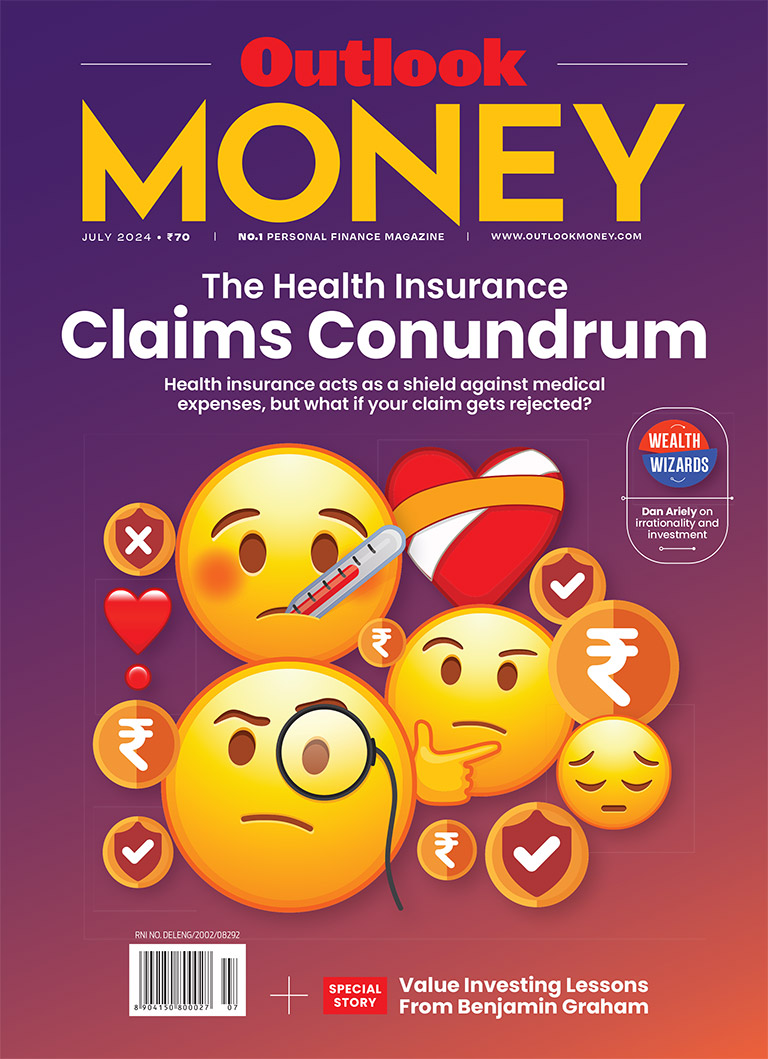Weigh the Risks of Stocks, Mutual Funds and IPOs
All investments come with risk. Make informed decisions will ensure that your exposure is minimised

Creating a financial plan for yourself may be a completely new adventure, especially as a new investor. Most investments don’t have a guaranteed rate of return and, therefore, you are taking on a certain level of risk. Each type of investment has different types of risk. But if you know what to watch out for, you will be able to accept the challenge with confidence. In a typical scenario, the more risk you take, the more rewards you will receive, provided the investments have enough time to grow and the power of compounding applies. This can be referenced to the stock market, IPOs, mutual funds or any other investment path. It is important that before starting any type of investment, you recognise your risk appetite and take informed decisions accordingly. A portfolio with high risk can mean higher potential losses. But with very few risks, you might miss out on potential gains.
With proper research and planning, you can understand the various investment terms and your tolerance to risk: how much risk you can afford to take and compare it with the type of investment you are making.
Stocks, mutual funds and IPOs are the most common types of investment that people choose. But each type has its own risks and returns.
Stock Market: The stock market has delivered generous returns to investors over time, but it also goes down, with the possibility for both profits and loss; for risk and return. An investor may experience losses due to factors that affect the overall performance of financial markets. Stock market bubbles and crashes are examples of heightened market risk.
You can’t eliminate market risk, also called systematic risk, through diversification. You can, however, hedge against market risk. Another cause of risk is inflation, also called purchasing power risk, which is the chance that the cash flowing from an investment today won’t be worth as much in the future. Changes in purchasing power due to inflation may cause inflation risk. Liquidity risk arises when an investment can’t be bought or sold quickly enough to prevent or minimise a loss. You can minimise this risk to a good extent by diversifying. A good option for doing this is index investing where risk is diversified over the various stocks held in a portfolio tracking a particular index.
Mutual Funds: Mutual funds offer diversification and value-for-money to an individual, with a few associated risks. Concentrating a person’s investments into one particular scheme might not be a good option. Profits will be huge if lucky, but so will be the losses if unlucky. Concentrating and investing heavily in one sector is also very risky. The risk of rising interest rates and their effect on bond prices is a threat that debt funds face the most. The commonly known inverse relationship between bond prices and interest rates plays a major part here as rising interest rates cause bond prices to fall, thus reducing the capital gains created.
As much as mutual funds offer the convenience of investing, investors cannot determine the exact composition of a fund’s portfolio, nor can they directly influence which securities the fund manager buys. The fund may be diversified enough but the investor has no control over the action taken by the fund manager.
IPOs: The biggest risk factor in applying for an IPO is that there is no guarantee of receiving the shares. The mechanism of buying pre-IPO shares distribution is subscription-based, which means that any number of individuals can apply for it. Regardless of the number of applications, the company will allot shares on a proportional basis. If you are a small investor and the number of individuals is high, the allotment mechanism will mean that you get hardly any shares.
Which investment is the riskiest?
Every investment comes with a certain amount of risk and for an investor this compensation is in the form of something called the risk premium or simply the premium. Risk is therefore central to stock markets because without it there can be no gains. Even though the stock market is the riskiest, it also has the highest potential for returns. With proper research, knowledge and education about the stock market, one can analyse their own risk appetite and make an informed decision.
The author is Co-founder, Catalyst Wealth
DISCLAIMER: Views expressed are the author’s own, and Outlook Money does not necessarily subscribe to them. Outlook Money shall not be responsible for any damage caused to any person/organisation directly or indirectly.









